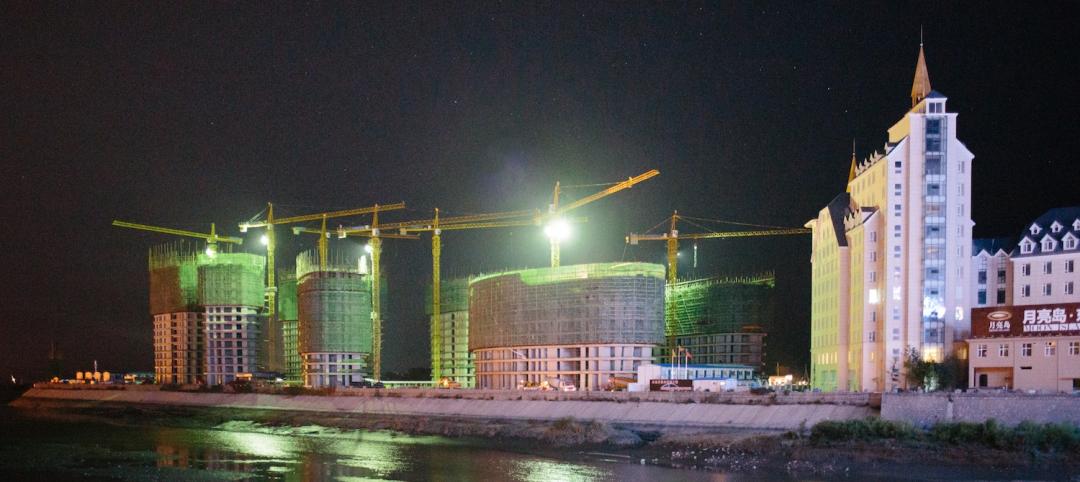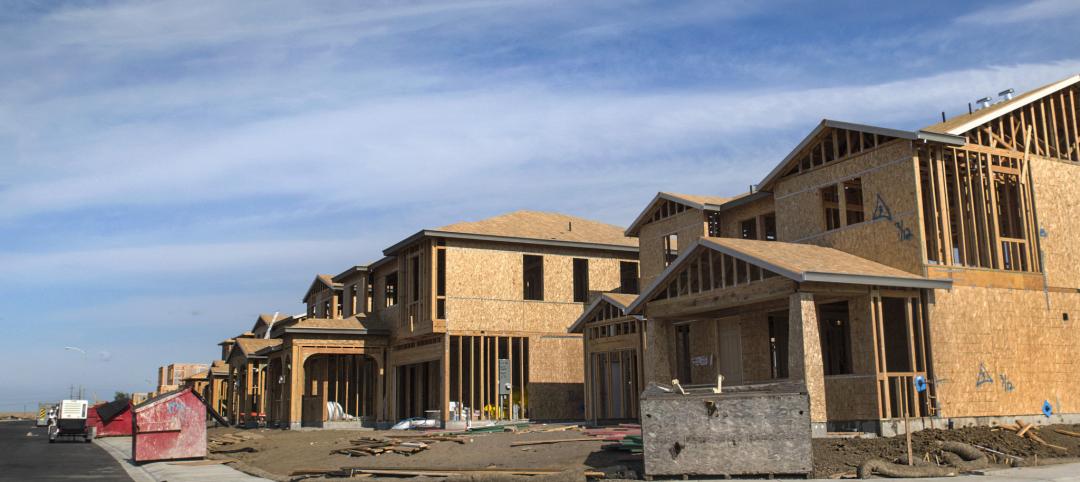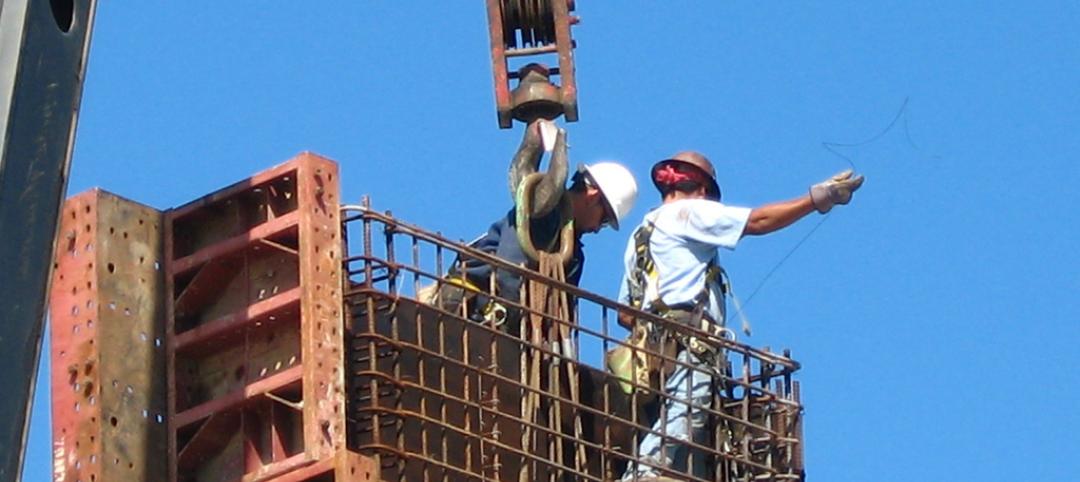Nearly half of construction managers still capture critical jobsite quality data manually. One-third still use paper and pen to track data.
These are some of the key findings from a survey of more than 500 executives and managers in the construction and engineering fields. The survey, conducted in February by TrackVia, an operational workflow platform, exposes a jobsite management environment that, for many companies, is antiquated and potentially prone to more errors.
Three quarters of the executives and managers polled said that ensuring a high quality of work is the most important part of their jobs. But the process by which they strive to achieve that quality is often time-consuming and redundant.
Managers concede that collecting data manually presents three challenges:
•Inadequate levels of details attached to work and change orders
•Incomplete work quality observation data
•Incomplete information to substantiate claims
Yet, the survey found that a large portion of change- and work-order initiation is manual, with more than 80% of managers reporting email as their primary means of communication, followed by meetings and calls via radio or cell phone. This contributes to why 65% of managers surveyed also said that work orders or changes get missed some to all of the time, lengthening a project’s time-to-completion.
Nearly two-thirds of the managers polled said the availability of information, like change orders, was the hardest to capture accurately. Part of the problem seems to be that jobsite data often gets funneled through multiple sieves.
Half of managers said their data must go through five different steps to get the information into a software or database system, and half of executives said their data goes through the same number of steps before it can be used by team members for reporting and analytics.
Three quarters of executives are using multiple systems to house project and site data. Eighty-eight percent of execs who use four or more data systems spend at least 1,300 hours per year trying to assemble data into usable reports.
Consequently, 61% of executives polled said they are making decisions using old data. “Manual processes inhibit executives and managers from making timely decisions and from staying ahead of potential issues before they become big issues,” the survey’s authors state. “Executives are also challenged … [by] not having the information they need for compliance and audits.”

Incomplete and erroneous work orders and changes still plague jobsites where data are collected manually. Image: TrackVIa.
The majority of executives and managers agree that manual data collection increases the costs related to work quality and employee downtime.
Fifty-seven percent of executives reported costs related to inadequate or damaged supplies, materials, and equipment, while 58% of managers cited liquidated damages due to project delays.
Forty-five percent of managers acknowledged they could adequately substantiate claims only 51-80% of the time. Half of the executives could legally substantiate only 50-79% of claims with daily reports and other documentation.
TrackVia’a recommendations to change this deficient dynamic starts with the implementation of a streamlined, digitized data collection process, which more than half of the executives believe would alleviate several of the issues related to manual data entry.
The report noted that using dynamic mobile apps would enable firms to capture information from any device—online or offline. Job site teams could use standardized forms to enter data, scan barcodes, geotag locations, attach photos, and document weather conditions using any iOS or Android device.
Aggregating all data through a single system wouldn’t hurt, either. “Corporate offices need to simplify their processes for turning job site data into usable reports. By digitizing data acquisition on the job site and integrating it with other systems, firms get accurate, real-time visibility across their entire organizations. Firms can create custom dashboards and reports and publish those for executives and managers so everyone is on the same page.”
Related Stories
Contractors | Dec 1, 2015
The contractor’s role in promoting job site sustainability [AIA course]
Robins & Morton’s Jackie Mustakas offers specific actions that contractors and construction managers can take to green every job site.
Contractors | Nov 30, 2015
Sundt Construction opens its own craft employee training center
The contractor's Center for Craft Excellence, in Phoenix, is in response to the labor shortages in the industry.
Contractors | Nov 24, 2015
FMI survey: Millennials in construction get a bad rap, tend to be loyal, hard-working
While the stigma exists that Millennials are entitled, disloyal, and lazy, it appears that this is not true, according to a new report from FMI.
Contractors | Nov 12, 2015
Construction will outpace worldwide GDP growth over the next 15 years
Three countries—the United States, China, and India—will account for nearly three-fifths of worldwide construction growth over the next 15 years, according to a new report from Global Construction Perspectives and Oxford Economics.
Contractors | Nov 5, 2015
Budget bill provision raises OSHA fines for first time in 25 years
Inflation-adjusted penalty hikes could go up as much as 80%.
Contractors | Nov 3, 2015
ABC, AIA & NAHB: Residential, nonresidential construction growth expected in 2016
Economists from the three trade associations discussed several indicators for sector performance in a joint web conference.
Contractors | Nov 2, 2015
ABC: September's nonresidential spending slip no cause for concern
Despite the monthly drop, September's year-over-year increase is largest in seven years. Seven of 16 nonresidential construction sectors saw spending increases.
Contractors | Oct 30, 2015
ABC: Economic growth stronger than headline GDP figure suggests
GDP expanded 1.5% during the third quarter while nonresidential fixed investment expanded by 2.1% during that period.
BIM and Information Technology | Oct 29, 2015
MIT develops ‘river of 3D pixels’ to assemble objects
The Kinetic Blocks can manipulate objects into shapes without human interference.
Contractors | Oct 28, 2015
Office construction costs highest in New York City, San Francisco, says CBRE
A CBRE report found that New York’s construction costs are more than $500 per sf. San Francisco isn’t too far behind.



![The contractor’s role in promoting job site sustainability [AIA course] The contractor’s role in promoting job site sustainability [AIA course]](/sites/default/files/styles/list_big/public/Screen%20Shot%202015-12-01%20at%209.07.23%20AM.png?itok=UyfyfxCn)












